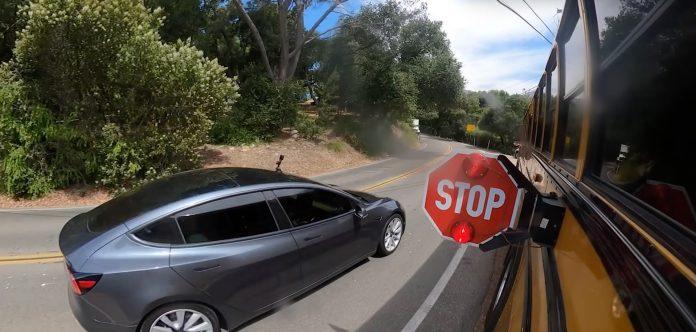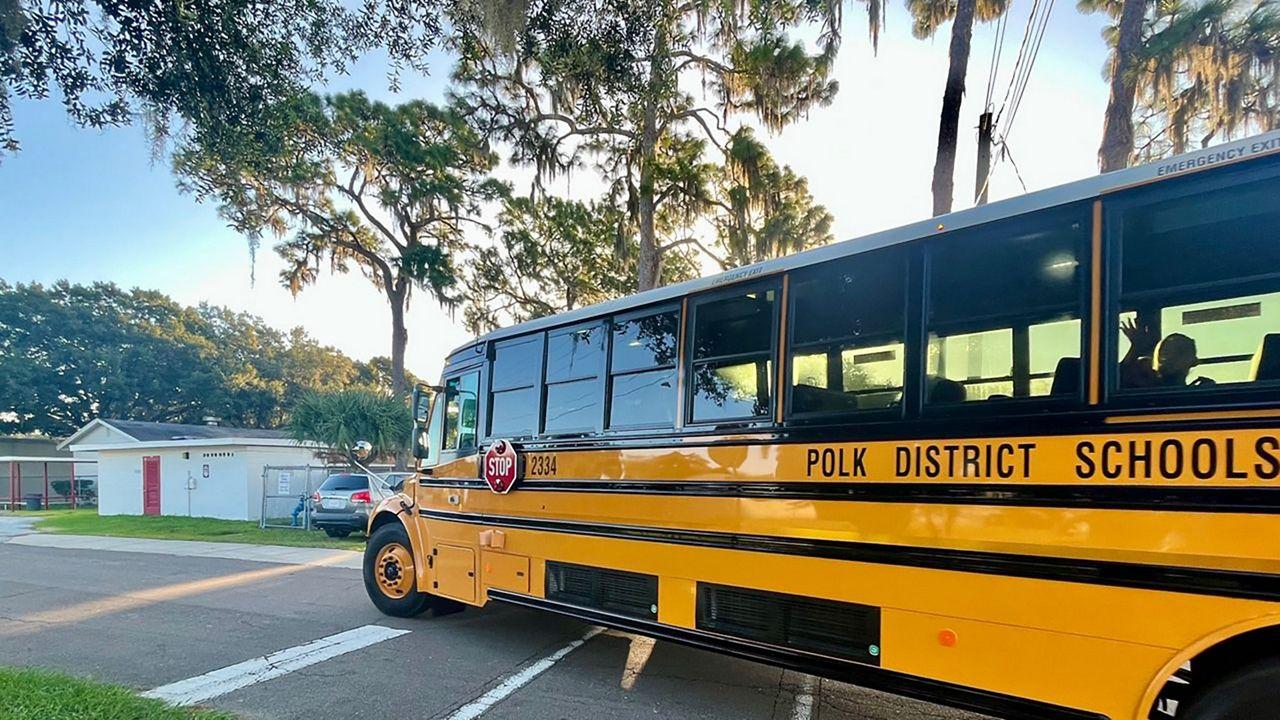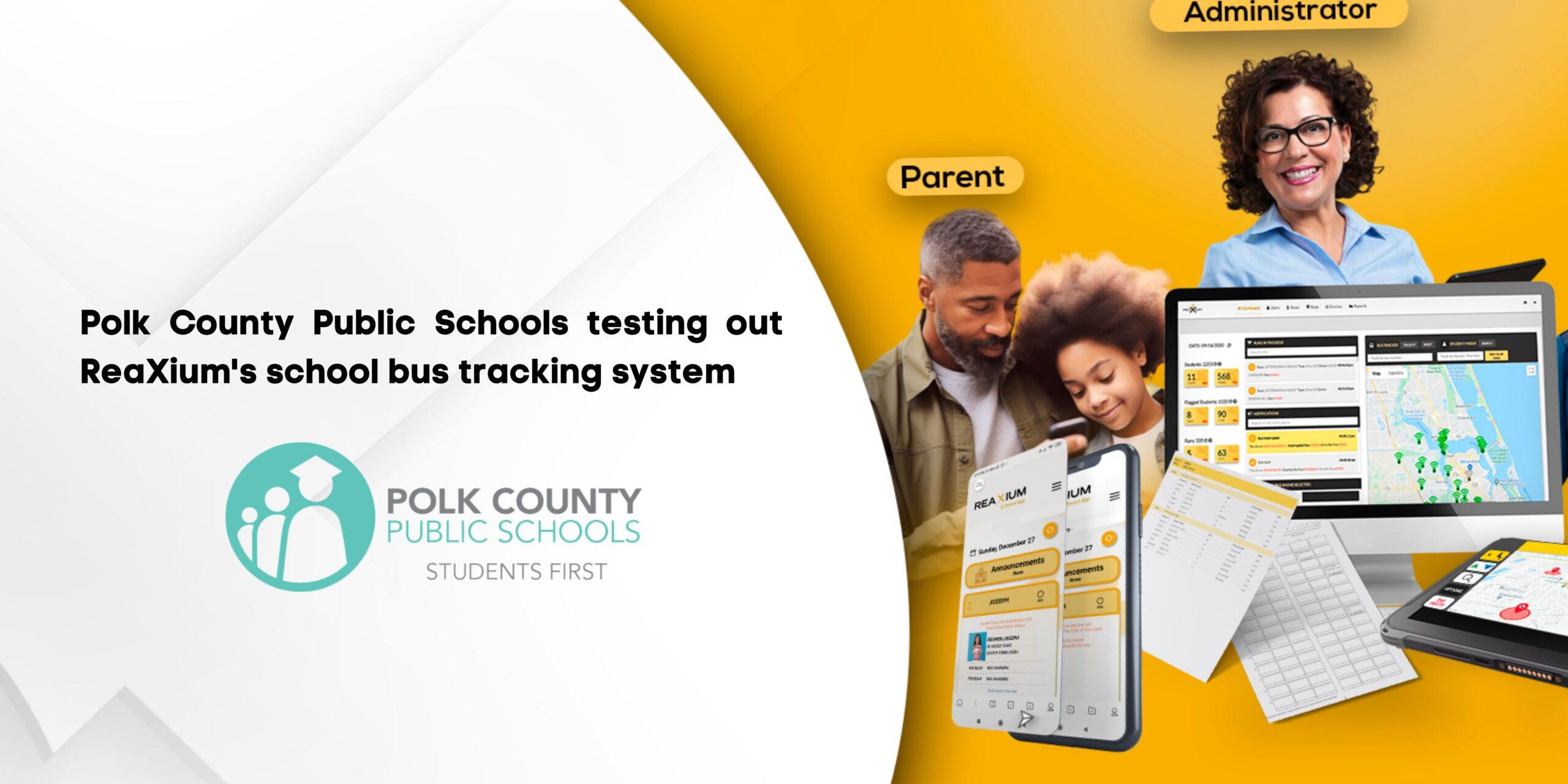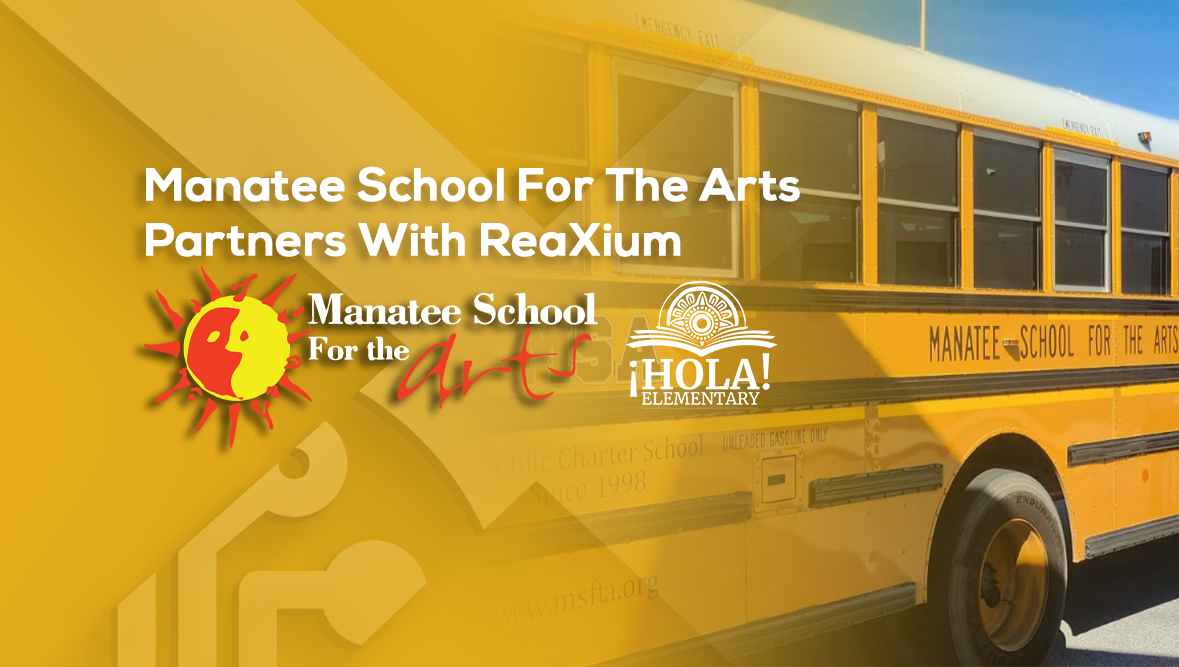The Advent of Autonomous Vehicles and School Safety
The dawn of autonomous vehicles brings with it a myriad of opportunities to revolutionize the way we approach transportation, particularly in the realm of school buses. The potential for increased safety, efficiency, and environmental sustainability is immense. However, as we’ve seen with the challenges faced by Tesla’s Full Self-Driving software, the road to fully autonomous school transportation is fraught with hurdles that must be carefully navigated.
One of the key areas where technology can make a significant impact is in the reduction of accidents involving school buses. According to the National Highway Traffic Safety Administration (NHTSA), school buses are the safest vehicle on the road; however, children are most vulnerable when they are boarding or alighting from the bus. Advanced detection systems, like those being developed for autonomous vehicles, can be adapted for school buses to enhance the safety of these critical moments. By incorporating sensors and cameras that can detect movement around the bus, we can create a safer environment for children as they enter and exit the bus.
Furthermore, the environmental benefits of transitioning to autonomous and electric school buses cannot be overstated. Electric buses produce zero emissions, contributing to cleaner air and a healthier environment for our children. As autonomous technology advances, it can be integrated with electric buses to create a transportation system that is not only safer but also more sustainable.
However, the transition to autonomous school buses is not without its challenges. One of the most significant hurdles is the need for robust infrastructure to support these advanced vehicles. This includes everything from road markings and signage that are easily recognizable by autonomous systems to dedicated lanes and traffic signals that facilitate the safe operation of autonomous school buses.
A recent Super Bowl commercial highlighted a pressing concern: Tesla’s Full Self-Driving (FSD) software’s ability to recognize children in school bus loading and unloading zones. The ad depicted a Tesla driving past a stopped school bus with the stop arm extended, running over demonstration dolls that replicated children. This stark visual served as a wake-up call to the potential risks associated with autonomous driving technology, especially when it comes to the safety of our youngest and most vulnerable road users.
Another critical aspect is the need for comprehensive testing and validation of autonomous systems in real-world scenarios. This is particularly important for school buses, where the stakes are incredibly high. Rigorous testing protocols must be established to ensure that these systems can handle the complex and unpredictable nature of school transportation, from navigating busy urban streets to dealing with inclement weather.
Public acceptance and trust in autonomous school buses are also vital. Parents, educators, and the community at large must be confident in the safety and reliability of these systems. This requires transparent communication about the technology, its capabilities, and the measures in place to ensure safety. Education campaigns and pilot programs can play a crucial role in building this trust and demonstrating the benefits of autonomous school buses.
In addition to technological advancements, there is also a need for regulatory frameworks that support the deployment of autonomous school buses. Governments and regulatory bodies must work closely with manufacturers, technology providers, and school districts to develop standards and regulations that ensure the safety and efficacy of these systems. This includes everything from vehicle certification and driver training to data privacy and cybersecurity.
While the evolution of autonomous driving technology is inevitable and exciting, it’s clear that we need to tread carefully, especially when it comes to integrating these vehicles into environments frequented by children. This is where solutions like those offered by Reaxium come into play.
ReaXium and Autonomous Buses
Reaxium provides technology solutions for student transportation that prioritize safety and efficiency. Their systems, such as real-time GPS tracking and student ridership monitoring, ensure that only authorized students board the bus and that they disembark at the correct stops. In an era of autonomous vehicles, these solutions become even more critical. They provide an additional layer of safety by ensuring that students are accounted for and not in harm’s way.
Moreover, Reaxium’s solutions offer real-time visibility into the location and status of school buses. This information is invaluable in coordinating with autonomous vehicles on the road. By knowing the exact position of a school bus, autonomous vehicle systems can be programmed to exercise greater caution when approaching or passing, reducing the risk of accidents.
As we navigate the future of school transportation, it’s clear that technology will play a pivotal role. However, it’s not just about advancing autonomous driving; it’s about ensuring that these advancements enhance safety and efficiency for all, especially our children. Companies like Reaxium are leading the way in this regard, providing solutions that complement the rise of autonomous vehicles and ensure that our journey into the future of transportation is both exciting and safe.
The integration of technology into school transportation extends beyond autonomous vehicles. It encompasses a range of solutions that collectively contribute to a safer and more efficient system. For instance, advanced routing algorithms can optimize bus routes, reducing travel time and minimizing the risk of accidents. Similarly, onboard cameras and sensors can monitor the interior and exterior of the bus, providing real-time data that can be used to prevent unsafe behaviors and ensure compliance with traffic regulations.
Furthermore, the rise of connected vehicles presents an opportunity to enhance communication between school buses and other vehicles on the road. Vehicle-to-everything (V2X) communication enables buses to transmit their location and status to nearby vehicles, allowing for better coordination and safer interactions. This technology can be particularly useful in alerting autonomous vehicles to the presence of a school bus, prompting them to slow down or stop as needed.
However, the integration of these technologies also raises concerns about cybersecurity. As vehicles become more connected and reliant on software, they become more vulnerable to cyberattacks. Ensuring the security of these systems is paramount, as any breach could compromise the safety of the students. Companies and regulators must work together to establish robust cybersecurity standards and protocols to protect against potential threats.
In conclusion, the future of school transportation is at an exciting crossroads, with technology playing a central role in shaping its evolution. Autonomous vehicles offer the promise of safer and more efficient transportation, but they also present new challenges that must be addressed. Solutions like those provided by Reaxium are essential in ensuring that the safety of students remains a top priority as we embrace these technological advancements. As we move forward, it is crucial that we continue to innovate and adapt, ensuring that our school transportation systems are equipped to provide safe and reliable service in the age of autonomous vehicles.






